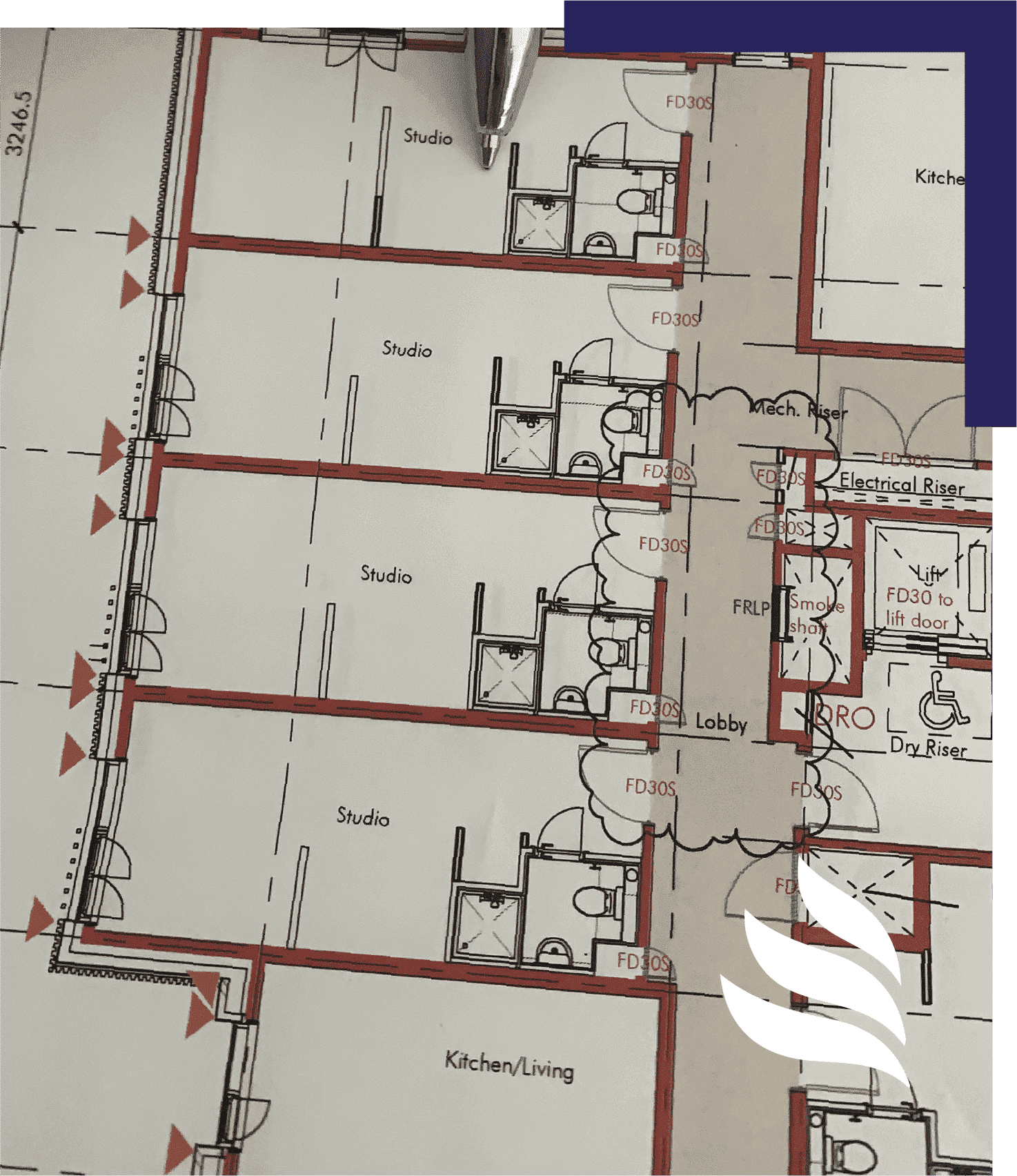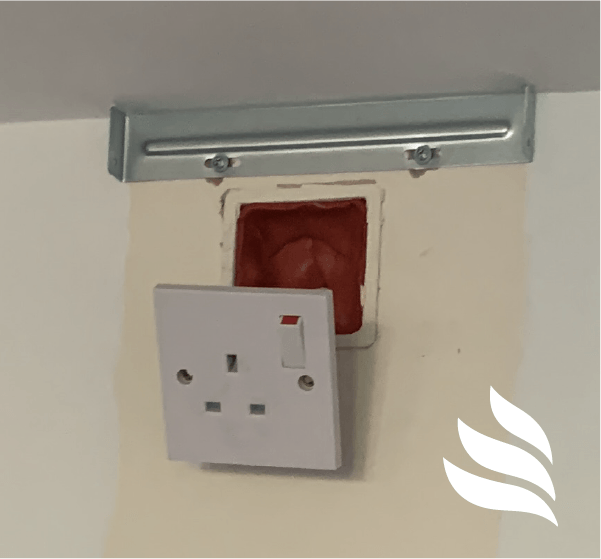
COMPARTMENTATION
Compartmentation is a key element of PFP and is the sub-division of a building into smaller compartments to slow or contain a fire through the use of fire resistant materials. The two main functions of compartmentation are first and foremost life safety, and secondly, building preservation.
Compartmentalising a building, as with fire doors, provides valuable time for occupants to vacate the premises and for the fire service to arrive to extinguish the fire. All buildings have to be compartmentalised to help prevent the fire from spreading rapidly from one area to another. This is achieved through installing fire resistant walls and floors, and ensuring extra measures are taken where there are any openings including doors, windows, service penetrations and ductwork. This will include the use of intumescent materials throughout the building. Any gap or weakness will compromise the integrity of the compartmentation and even the smallest of holes caused by a drill could have fatal consequences. So it is essential that after any work is undertaken, the compartmentalisation of a building is checked thoroughly to ensure it hasn’t been compromised.
In residential buildings such as flats or apartment blocks, each flat will be a self-contained compartment to reduce the risk of fire spreading between flats. Stairwells and emergency refuge areas are also essential components of compartmentation.
PENETRATION & LINEAR GAP SEALS
Penetration seals and linear gap seals are vital to the integrity of any PFP strategy. Penetration seals are used to ensure that where any cables, pipes or ventilation ducts pass through walls, floors or ceilings, the fire resistance of the building is not compromised in any way.
Linear gap seals are flexible, water resistant and intumescent that expand when exposed to heat. They are used as a highly effective method of sealing junctions between various building elements as in wall cavities for example, against fire penetration.

